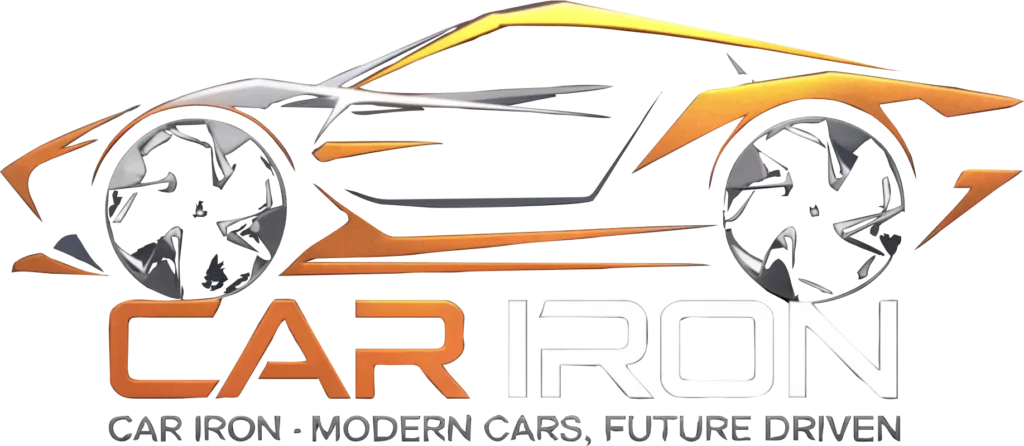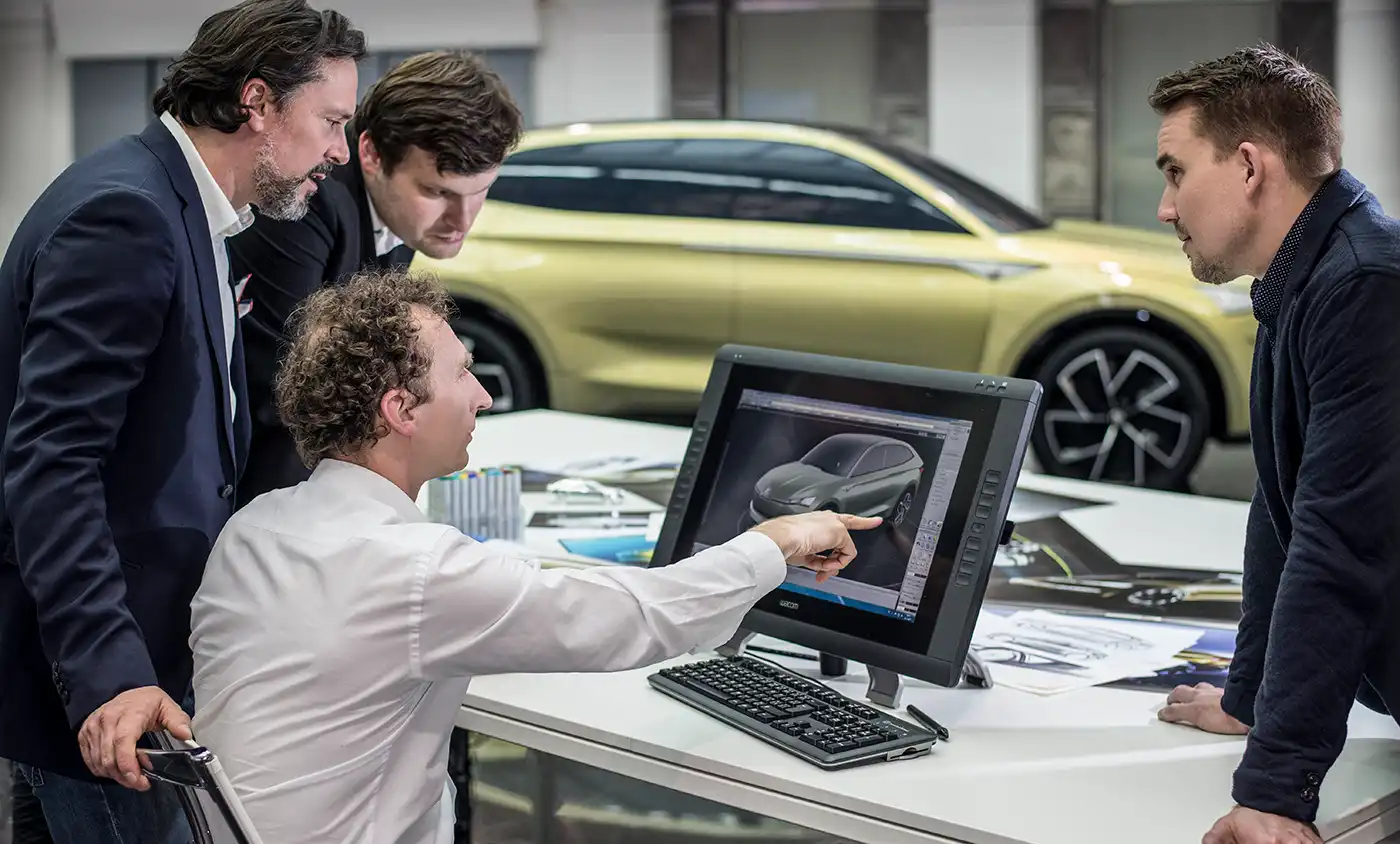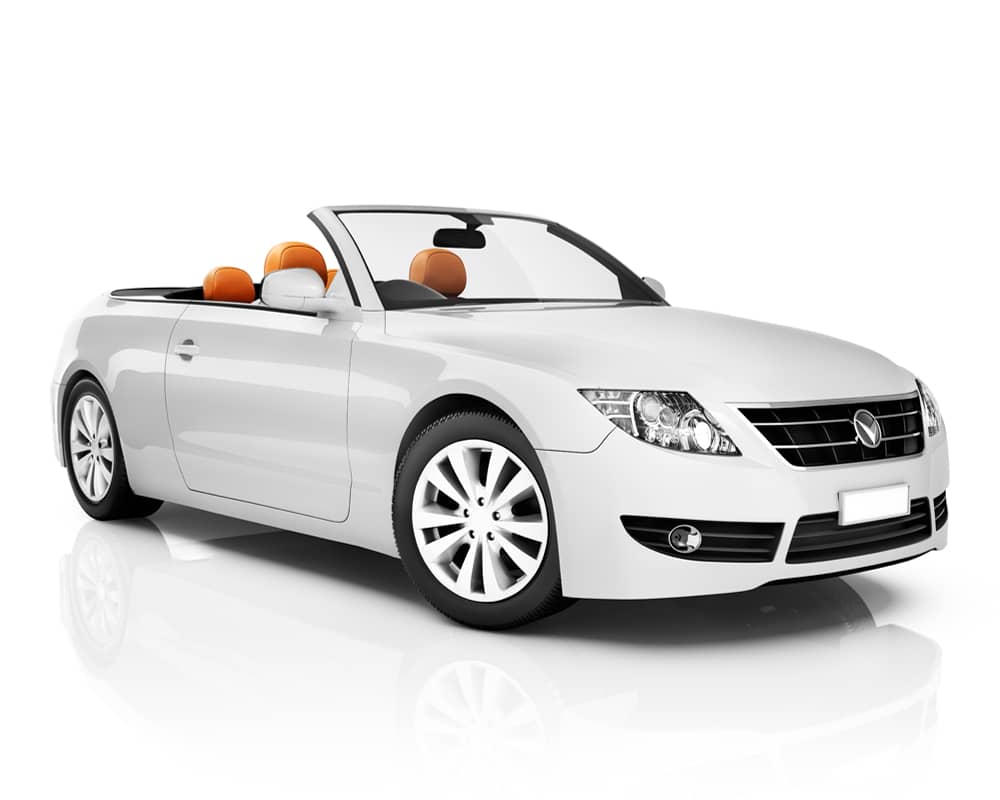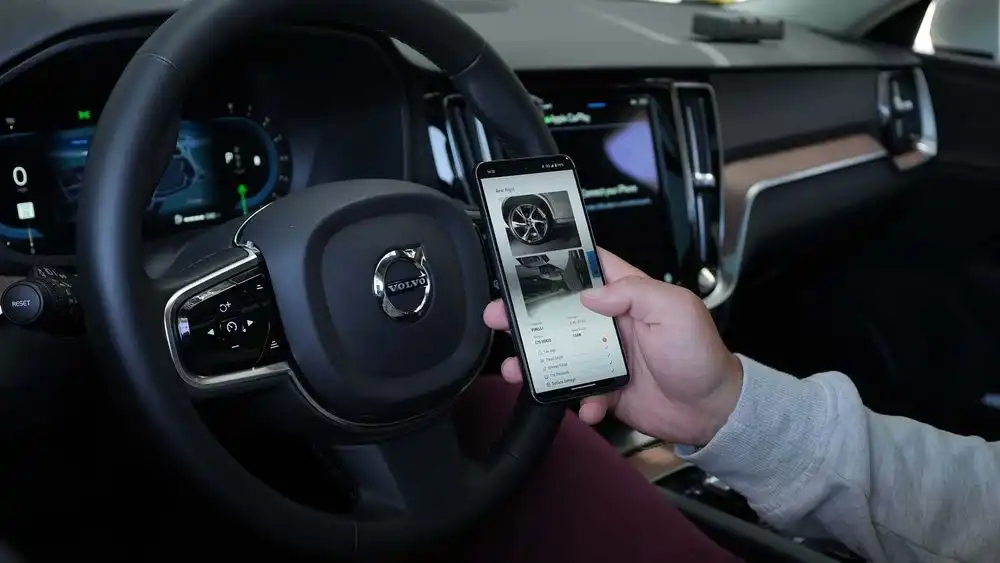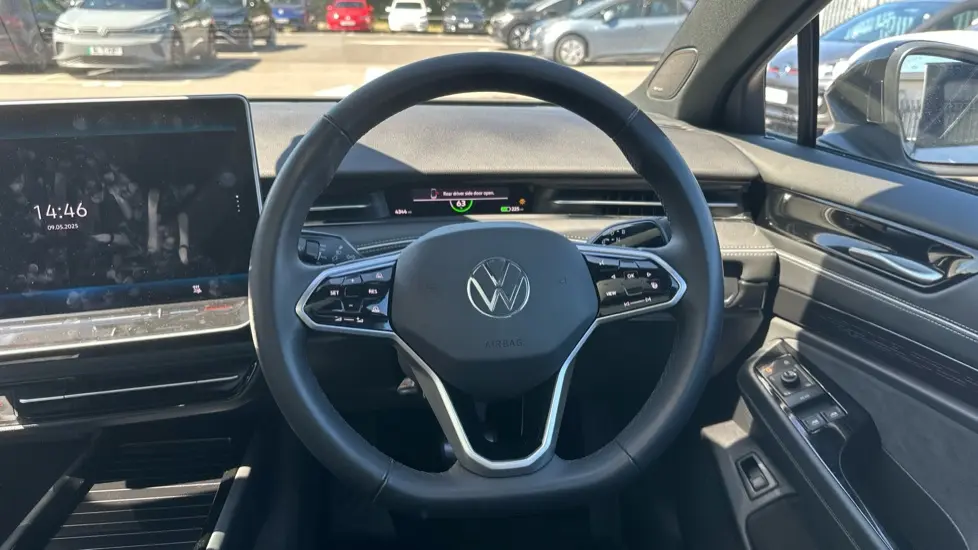Designing the cars of tomorrow is an intricate and highly specialized process that combines cutting-edge technology, engineering expertise, and a deep understanding of consumer needs. Today’s most advanced cars are no longer just about sleek exteriors and comfortable interiors; they’re a reflection of the future, integrating autonomous driving systems, electric powertrains, smart technology, and sustainability. But how do these innovations come to life?
In this blog, we’ll take you through the fascinating journey of how modern vehicles—from concept to reality—are designed, engineered, and brought to market.
1. The Concept Phase: Dreaming Up the Future of Cars
Every car begins as an idea. The concept phase is where visionary designers and engineers start brainstorming, drawing, and imagining what the future of cars might look like. This phase is driven by a combination of inspiration, market trends, and the ever-evolving demands of the consumer.
-
Why this matters:
During this phase, the goal is to create a vehicle that aligns with the manufacturer’s vision while pushing the boundaries of innovation. Concepts could include futuristic shapes, new propulsion methods, and smarter interfaces, all aimed at improving driving safety, comfort, and environmental impact.
At this stage, car designers sketch out ideas, create digital renderings, and explore a variety of concepts before narrowing down the possibilities. Many manufacturers also conduct market research during this phase to understand what consumers are looking for in terms of safety, performance, style, and functionality.
2. Engineering and Feasibility Studies: Making It Work
Once a concept has been approved, it’s time to turn the idea into something functional. This phase focuses on feasibility studies, engineering analysis, and prototyping. Designers, engineers, and technical experts work together to evaluate if the design can be practically and safely implemented using existing technology.
-
Why this matters:
This phase is critical because it helps determine whether the proposed design is realistic. Can the car be built with current materials and technology? What are the structural and safety requirements? Are there environmental considerations, such as the impact of manufacturing or the vehicle’s carbon footprint? These questions must be answered before moving forward with the development of the prototype.
During this stage, engineers work on making sure the car’s design aligns with regulatory requirements and safety standards. Testing prototypes for things like aerodynamics, crash safety, and structural integrity becomes essential before moving forward.
3. Prototyping: Bringing the Vision to Life
After rigorous engineering and design validation, the first physical prototype is created. This is where the concept starts to truly take shape. The prototype is a fully functional version of the vehicle but may still have limitations when it comes to performance, usability, and production. It’s essentially a real-world version of the original design idea, albeit one that is still in its early stages.
-
Why this matters:
Creating a prototype is a vital step because it provides valuable insight into how the design will function in real life. Manufacturers can test different components, evaluate performance, and troubleshoot issues that weren’t visible during the conceptual or engineering phases. Prototypes are tested in various conditions to see how they handle safety, driving, and environmental challenges.
Prototypes are often updated and revised based on test results, with engineers making adjustments to improve handling, fuel efficiency, comfort, and safety. Sometimes, the original concept undergoes dramatic changes at this stage as engineers fine-tune the design to improve the car’s overall performance and reliability.
4. Technology Integration: Infusing Innovation Into Every Detail
One of the most exciting aspects of today’s advanced cars is the incorporation of technology that redefines how we drive. In modern cars, technology isn’t just an add-on; it’s woven into every aspect of the vehicle. From autonomous driving systems to advanced infotainment setups, every new car is a mix of hardware and software innovations.
-
Why this matters:
Technology integration isn’t just about adding cool gadgets to a car—it’s about enhancing the driver and passenger experience. This includes the integration of self-driving technology, safety features like automatic braking and lane-keeping assistance, as well as electric powertrains and autonomous parking systems.
Designers and engineers must work closely with software developers, AI experts, and data scientists to ensure that these systems are seamlessly integrated into the car. This can include anything from designing the interface for a self-driving car to ensuring that the electric motor works harmoniously with the vehicle’s battery systems.
For electric and hybrid cars, engineers pay particular attention to ensuring that the battery, motor, and power electronics are efficiently integrated into the design. Meanwhile, innovations such as augmented reality dashboards, voice-controlled assistants, and 5G connectivity are revolutionizing in-car experiences.
5. Production and Manufacturing: Scaling the Vision
Once the design is finalized, the next step is moving from prototypes to full-scale production. This phase involves the intricate task of mass-producing vehicles while maintaining high-quality standards. Manufacturers set up assembly lines, source materials, and ensure that all components meet the specified design requirements.
-
Why this matters:
Manufacturing is where the design comes to life at scale. One of the biggest challenges is maintaining precision during mass production while adhering to safety and regulatory standards. It’s at this point that everything from the car’s frame to its infotainment system and wheels are assembled, and the car becomes a real product on the market.
Modern manufacturing techniques, including 3D printing and robotic automation, play a significant role in streamlining production, ensuring efficiency, and reducing waste. With today’s advanced vehicles, production often involves a combination of automated machinery and skilled labor to ensure every component is built with precision.
6. Testing and Quality Control: Ensuring Everything Works as Intended
Once the cars are built, they undergo rigorous testing to ensure that they meet safety, performance, and regulatory standards. This can include crash testing, durability testing, and performance evaluations. Every component, from the brakes to the onboard electronics, is checked for quality and reliability.
-
Why this matters:
Testing is crucial to ensure that every vehicle leaving the production line is safe and meets the manufacturer’s high standards. Testing also allows manufacturers to identify any issues with the design or manufacturing process before the vehicle reaches consumers. These tests can include everything from on-road testing to simulations of extreme weather conditions.
Quality control is also essential in ensuring that the vehicle’s technology functions properly, including testing for software bugs, sensor accuracy, and user interface functionality.
7. Delivery and Marketing: The Final Touch
Once the car has passed all tests and quality checks, it’s ready for delivery. At this stage, marketing teams step in to highlight the vehicle’s unique features and innovation to consumers. This is when the car’s story—its design, technology, and performance benefits—are communicated to the public through ads, promotional events, and digital platforms.
-
Why this matters:
While the technical and engineering process of car design is critical, the final product’s success also depends on how well it resonates with consumers. Manufacturers spend considerable effort crafting a marketing campaign that highlights the car’s innovations and builds excitement among potential buyers. By understanding consumer preferences and needs, the marketing team can position the car as an exciting solution in an ever-evolving market.
Conclusion: The Future of Car Design
Designing today’s most advanced cars involves collaboration between numerous fields of expertise, from engineers and designers to software developers and marketers. It’s a highly complex, multi-step process that brings concepts to life, from sketching out futuristic ideas to delivering fully functional vehicles that push the boundaries of technology and design.
As innovation continues to drive the automotive industry forward, the cars of tomorrow will be smarter, more sustainable, and more connected than ever. The journey from concept to reality is an exciting one, and as technology advances, the possibilities for what the car of the future can look like seem limitless. Whether it’s electric powertrains, autonomous driving, or next-level connectivity, the future of car design is sure to be a thrilling ride!
